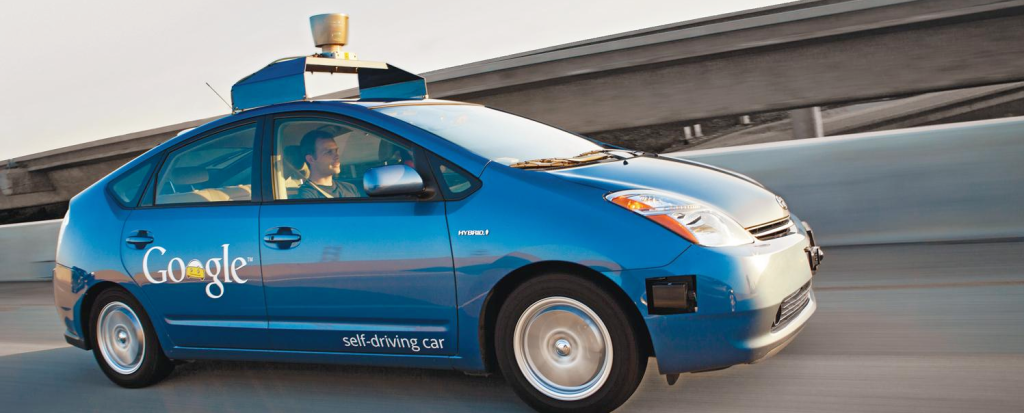
Google’s recent demonstration of driverless car technology has the industry abuzz with visions of the future. While automated vehicles that are capable of dodging obstacles and detecting traffic conditions are certainly futuristic, one could argue that the computer network that will run them is even more impressive.
Consider that automated vehicles will share the road with human drivers, pedestrians, cyclists, pets, children and everything else currently on the streets. This creates an unpredictable environment, yet the technology that runs the grid of driverless vehicles will have to maintain flawless levels of safety and security in the face of these dynamic conditions.
A multi-level network will be required to meet these challenges. That network’s first layer will control the individual vehicles in the driverless fleet within a localized area. Then, an additional network layer will operate the logistics of the grid itself, deploying automated vehicles as needed while managing and routing traffic.
For example, consider a situation where an automated vehicle is forced to brake for the unexpected appearance of a wayward pedestrian. The first layer of the network will give that vehicle the wherewithal to brake for and avoid the jaywalker. The second layer of the network will then account for the unexpected reduction in the vehicle’s speed, slowing down all other automated vehicles in the local area to prevent collisions.
Network engineers will certainly have their work cut out for them to make this vision a reality, but so will Bluetooth app development professionals. The rise in automated vehicles will create major opportunities for software developers to create tools that help manage and route traffic while improving road safety for everyone.
By anticipating this near-future development, Boston iPad app developers can get an edge on the competition by preparing for the imminent reality of automated vehicles. The market will soon be ripe for a whole host of next-generation travel and traffic management apps.





